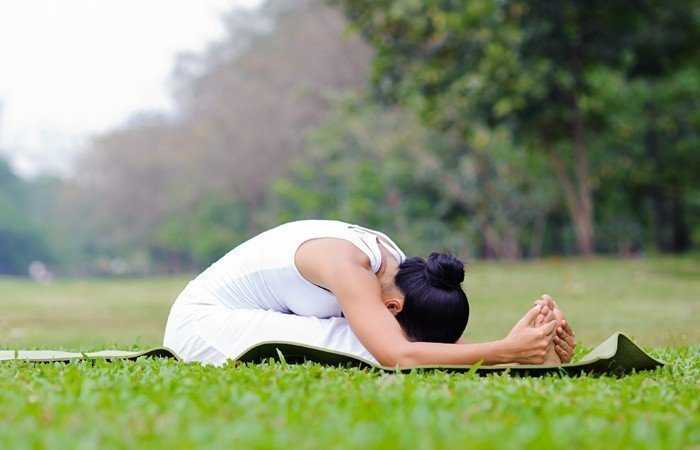BY: TRISHA CURLING
It can be very difficult to admit that we suffer from varying degrees of anxiety. If we have experienced some type of trauma I think it is important to recognize that it will take time to heal from that. It is also important to understand that during and within, part of that healing is a certain level of anxiety.
I wrote about meditation in the last edition and how helpful it can be to reduce mind chatter by focussing on our breath. This helps to increase the balance between the sympathetic and parasympathetic nervous system. This helps to move our bodies into a more settled state. We can both slow the heart rate and improve our ability to breathe correctly. Calming and improving our breath can more positively influence our thoughts. Changing the perspective within our thoughts can help to alleviate the anxiety we may be experiencing. Just saying yoga is the answer is not enough. There are specific yoga postures and other strategies that we can practice to help us and/or put us on the right path to reducing the negative effects anxiety can have in our lives.
Anxiety has a direct impact on our breathing. We tend to engage in more shallow breathing patterns, rather than using the full capability of the diaphragm and other accessory breathing muscles like the intercostals (that live between the ribs). One way to begin to open the intercostals is to sit cross-legged (maybe on top of a bolster or pillow). Gently place one hand (i.e. left hand) on the floor/mat beside you while taking the length of your thumb on the right hand and placing it between the space of two ribs on the right side of your body. On a breath in, stretch your torso towards the left, taking a big side body stretch all while pressing the right hip down towards the floor or mat. Return to a more upright position on your breath out. Imagine yourself making more space between the ribs with your thumb. Take full deep breaths by extending your ribs out to the sides of your body with each breath in. Repeat this in other parts of the rib cage and then repeat on the other side of the body.
When we practice sitting with and getting to know our own breath we can also greatly influence our physiological response to stress and anxiety. “By breathing through the nose on exhalation, the exhalation is lengthened and the respiratory rate is slowed (because the nasal passages are narrower than the mouth and offer more resistance to airflow), both actions tend to promote calmness of the mind. Rapid anxious breathing, on the other hand, serves to further activate the sympathetic nervous system, causing the release of stress hormones…” (Yoga as Medicine, Timothy McCall M.D. pg. 138). This breathing might also be known as Ujjayi breath (breathing in and out through the nose) in your yoga practice.
A steady practice ingratitude can be more powerful than you would ever believe. Steering our thoughts to being grateful for what we already have and/or what is already going well, can bring more calm into our lives. Grab a journal and commit to writing for just a couple of minutes per day. Make a list. The list can include simple things like the food you took out to cook for dinner, your favorite underwear. It doesn’t take that much once you start.
These strategies sound simple, maybe even insignificant, but with consistent practice, they can greatly reduce feelings of anxiety that may be playing a very significant role in your life right now.

